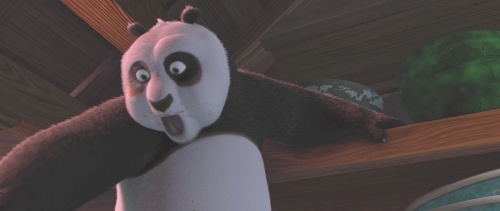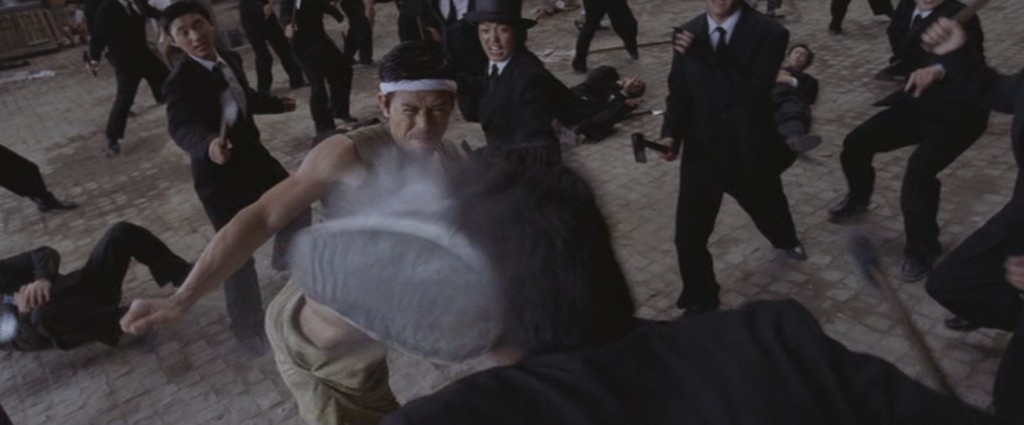I’ve seen only four MIFF films thus far (once again, my viewing seems loaded towards the end, with three films on the last day). This year, I’ve actually written slightly fuller reviews of two, which complicates the format of my usual MIFF round-up.
Not Quite Hollywood (Mark Hartley, 2008)
Review here.
Roman Polanski: Wanted and Desired (Marina Zenovich, 2008)
Review here.
Ashes of Time Redux (Wong Kar Wei, 1994/2008)
Nobody likes to seem stupid, so there can sometimes be a reluctance by critics to admit they just didn’t get a film; and at an individual level, it can be hard to decide whether comprehension problems lie with the viewer or the film. So as I wandered, confused, out of Wong Kar Wei’s Ashes of Time Redux (I have not seen the 1994 cut) I wasn’t sure whether I hadn’t gotten into it because it was confusing, or if it was confusing because I hadn’t really gotten into it. (It’s a bad sign when you find yourself making a mental note of a photogenic camel). It was a bit of a relief to find even complimentary reviews (like this one) making reference to the confusing plot. The film always looks good, as you’d expect from one of the great director / cinematographer teams (Wong and cinematographer Christopher Doyle) but the disjointed narrative was inherently distancing. Apparently, it was a troubled production, and that’s ultimately what it feels like: confusing not out of pretension, but because it was an expensive epic that was never quite put together properly. I was going to suggest that in that sense it was like a Hong Kong Heaven’s Gate, but it’s not that bad: it says something that despite my disorientation, I remained interested throughout.

